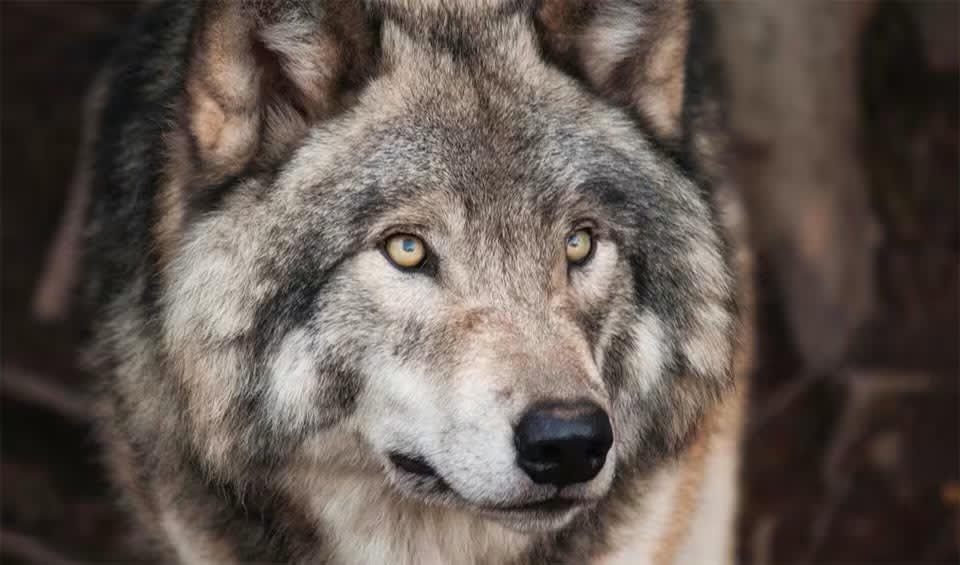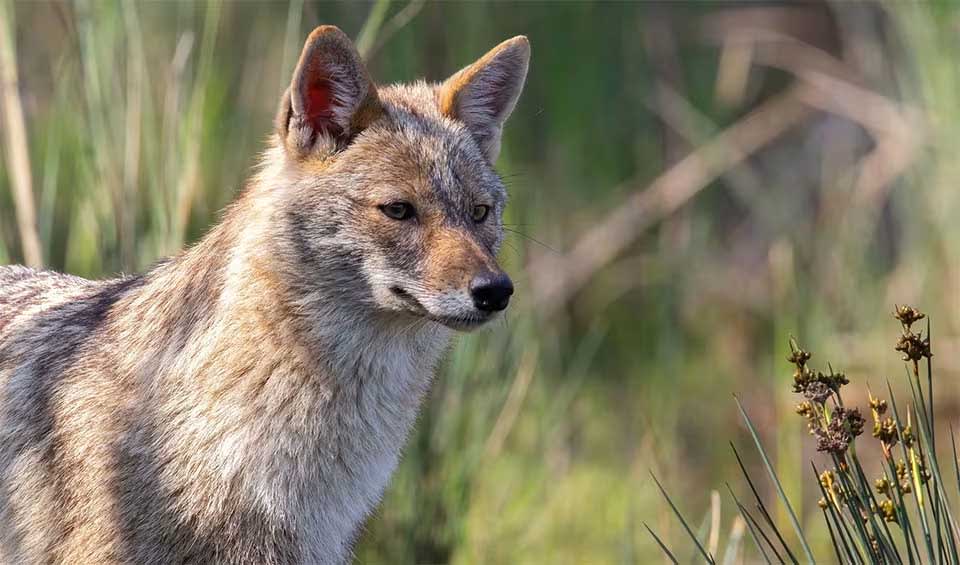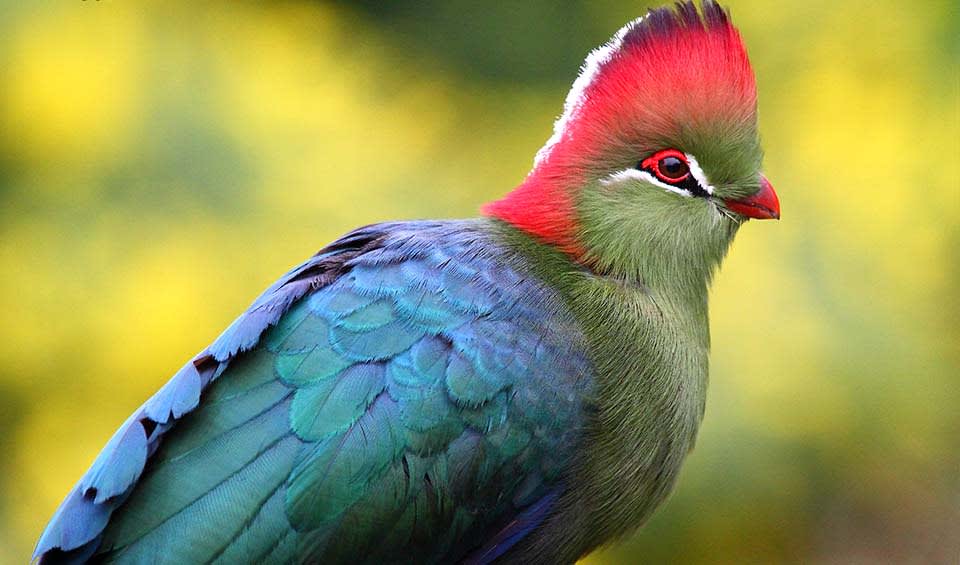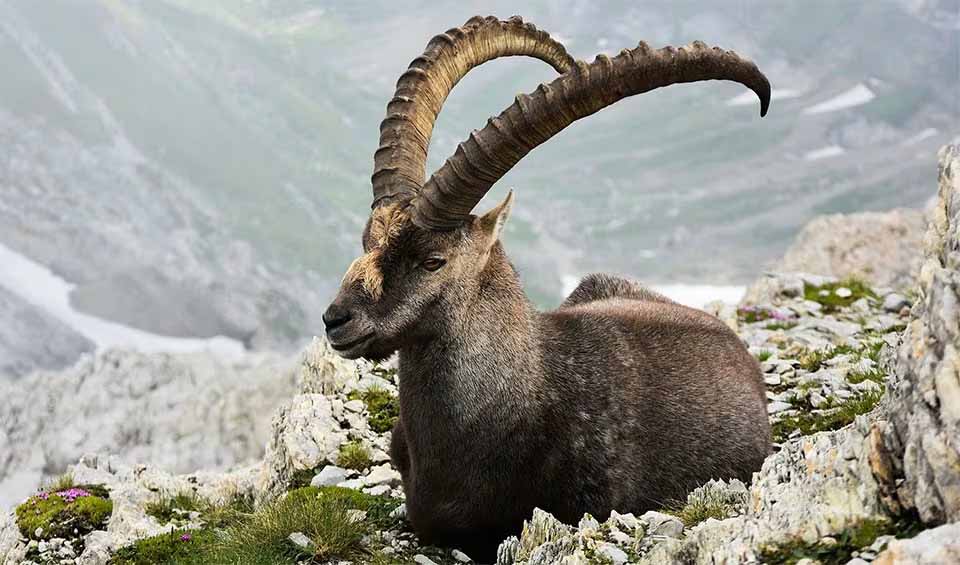Switzerland’s diverse landscapes, spanning from the vast Central Plateau to the majestic Alps, showcase a rich tapestry of ecosystems like the Alps, wetlands, and forests, seamlessly integrated with urban areas, shaping Switzerland’s picturesque allure. Its biodiversity, ranging from iconic Alpine vistas to lush valleys, teems with life, underscoring the importance of preserving this natural wealth to maintain ecological balance.
This biodiversity owes much to Switzerland’s varied climate and terrain, with alpine regions and forests brimming with species diversity. Rivers and streams also play a crucial role as habitats for rare species. Recognizing the value of biodiversity for human welfare and the economy, the federal government has instituted protective measures to conserve Switzerland’s natural heritage.
Four pillars elaborated:
Switzerland is home to approximately 15 regional national parks, providing natural habitats for diverse flora and fauna. The first Swiss National Park was established in the canton of Graubünden in 1914, and additional parks have been established since 2008 under the Nature and Cultural Heritage Act. Moreover, designated wildlife areas, known as ‘zones de tranquilité/Wildruhezonen,’ have been designated in parts of the Swiss mountains by the Federal Office for the Environment (FOEN) to safeguard wild animals and plants. Access to these areas is restricted, with walking and flying prohibited, and clear signage is in place to indicate these zones. Land Management
Land Management
Since 1960, human-induced extinction rates have surpassed natural rates, driven by factors like intensive agriculture, urbanization, land abandonment, and increased forest coverage. Climate change threatens forests, hindering natural adaptation processes. Human activities, such as intensive agriculture and settlement expansion, have long impacted mountain ecosystems. Nitrogen pollution affects over 90% of forests, while ground-level ozone concentrations harm plant cells. Inland water ecosystems face threats from river control, dams, pollution, invasive species, and land use changes. Threats to Biodiversity
Threats to Biodiversity
Despite progress in reducing nutrient input to Swiss lakes, pollution from pesticides, pharmaceuticals, warming waters, and invasive species poses risks. Air pollutants, like heavy metals, affect bryophytes in the southern Alps, resembling levels found in heavily industrialized areas.
The Federal Constitution mandates both the federal government and the cantons to ensure the protection of biodiversity. This commitment is reinforced by various laws, including the Nature and Cultural Heritage Act, the Environmental Protection Act, the Hunting Act, the Water Protection Act, the Fisheries Act, and the Gene Technology Act. Additionally, regulations promoting the sustainable utilization of biodiversity are outlined in the Spatial Planning Act, the Agriculture Act, the Forest Act, and the National Park Act. Capacity and Governance
Capacity and Governance
Switzerland is a signatory to the 1992 UN Convention on Biological Diversity, which seeks to halt the global decline of animal, plant, and other organism species. Furthermore, in 2012, the federal government formulated and adopted a strategy for the conservation and advancement of biodiversity.
Switzerland is actively addressing biodiversity loss through national and international initiatives, aligning with the global Kunming-Montreal Global Biodiversity Framework which aims to protect 30% of key land and water ecosystems by 2030. The country’s biodiversity challenges stem from agriculture, urban development, and infrastructure projects that have significantly impacted ecosystems, especially lakes, rivers, and agricultural lands. Future Trends
Future Trends
To combat this, Switzerland promotes measures to improve the ecological quality of important biotopes and hosts conferences like the Bern III Conference to foster international cooperation on biodiversity. Events like the International Day for Biodiversity further support these efforts, emphasizing widespread stakeholder engagement in biodiversity conservation.
Biodiversity
Switzerland’s biodiversity is remarkably rich, reflecting its diverse landscapes that range from the towering peaks of the Alps to lush valleys, forests, and pristine lakes. The country’s varied topography and climate create numerous habitats that support a wide array of flora and fauna. The Alpine region is particularly notable, with its high-altitude environments hosting species adapted to harsh conditions, such as the ibex, chamois, and the iconic Alpine marmot. The mountains are also home to a variety of bird species, including the golden eagle, bearded vulture, and the Alpine chough.Switzerland’s forests, which cover about one-third of the country, are dominated by species such as beech, oak, pine, and spruce. These forests provide habitats for a range of wildlife, including red deer, roe deer, wild boar, and various bird species like the black woodpecker and the hazel grouse. The country’s rivers, lakes, and wetlands, including famous bodies of water like Lake Geneva and Lake Constance, are crucial for aquatic biodiversity. These freshwater ecosystems support fish species such as trout, perch, and pike, as well as amphibians like the Alpine newt. Additionally, Switzerland’s agricultural landscapes, particularly its traditional meadows and pastures, are rich in wildflowers and insects, contributing to the country’s overall biodiversity.
In the table below are the number of known species in several main groups, how many of these species are Threatened with extinction, and how many of them are Endemic (unique to Switzerland only):
| Species (World rank) |
Threatened | % Threatened | Endemic | % Endemic | |
|---|---|---|---|---|---|
| Mammals | 86 (#133) | 3 | 3.5% | ||
| Birds | 286 (#135) | 10 | 3.5% | ||
| Reptiles | 18 (#164) | ||||
| Amphibians | 21 (#96) | 1 | 4.8% | ||
| Fishes | 88 (#187) | 8 | 9.1% | 12 | 13.6% |
| Plants | 13,000 (#20) | 4 | 0.0% | 360 | 2.8% |
mammals
Wolf
The howl of each wolf is different
Golden jackal
Exceptional hunters, but they can feed solely on grass and survive in the absence of prey
European hedgehog
The gardener’s best friend, as they will eat up insect pests crawling in the vegetable beds
birds
Osprey
One of only six land-birds with a cosmopolitan distribution habituating all continents except Antarctica
Bearded vulture
The only living creature that feeds on bone marrow from carcasses in high and inaccessible mountain areas
Common ringed plover
This bird taps its feet to imitate rain to make the prey reach the surface
reptiles
European asp
With its triangular head, distinct from its neck, and vertical pupils, it’s easy to recognize
Viviparous lizard
One of the few reptiles that can not only lay eggs but also give birth to live young
Slow worm
You might mistake them for snakes, but they are merely legless lizards
amphibians
Common frog
It is one of the most widespread and familiar amphibians in Europe
Alpine salamander
Swift, enjoys harsh weather, adores the mountains, and is toxic to its predators
European tree frog
Symbol of environmental health as they are sensitive to changes in environmental conditions, particularly pollution levels
National Animals
Fischers turaco
With its vibrant plumage and melodic calls, it brings beauty to the forest while playing an essential role as a seed disperser
Alpine ibex
Meet the model for the Sagittarius sign in the zodiac!


















